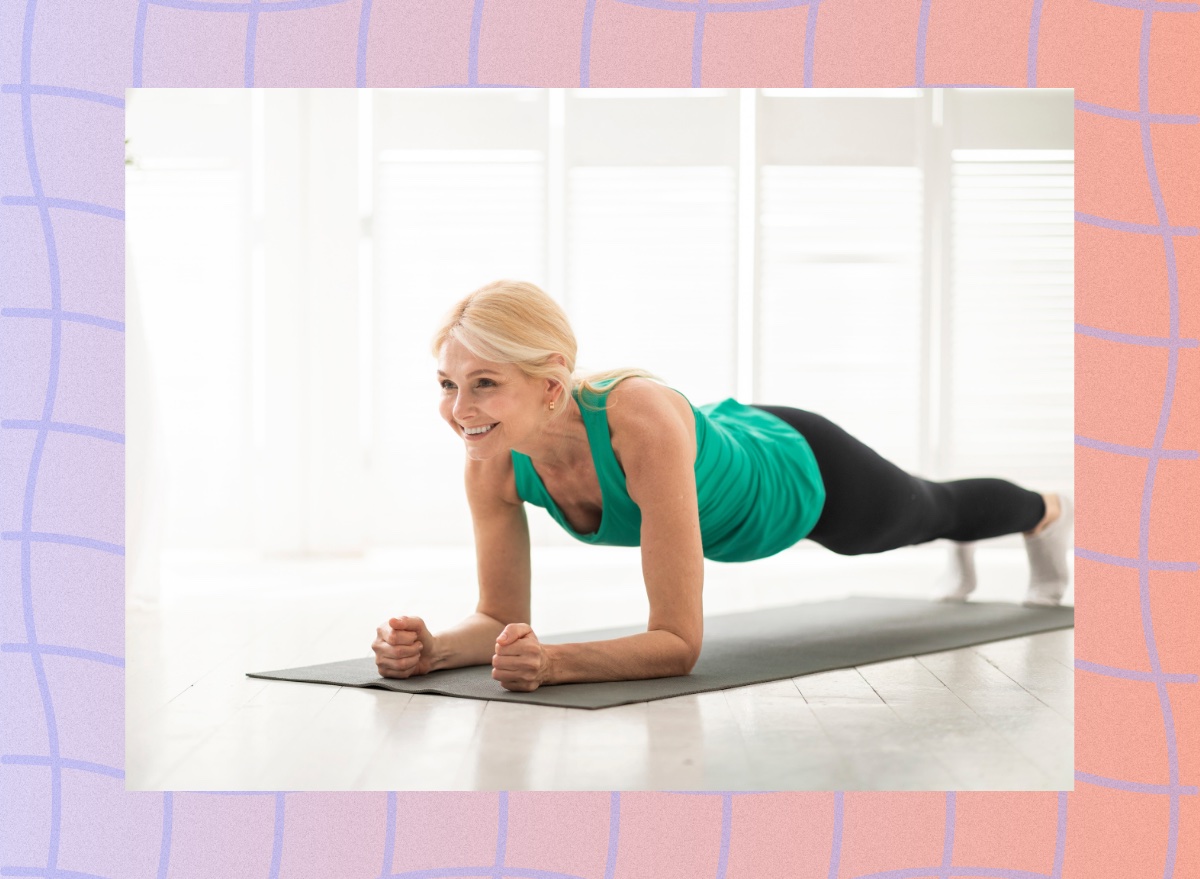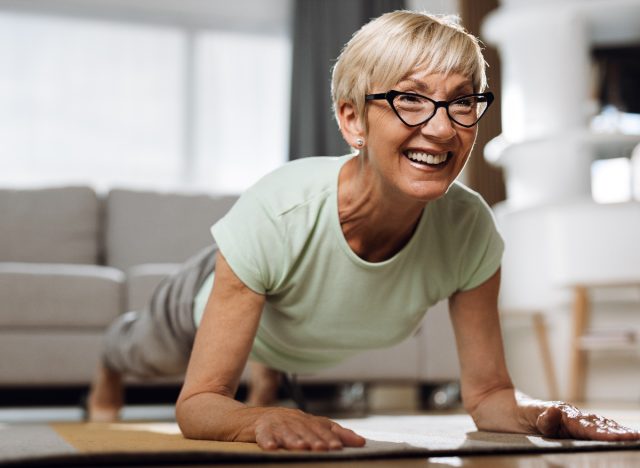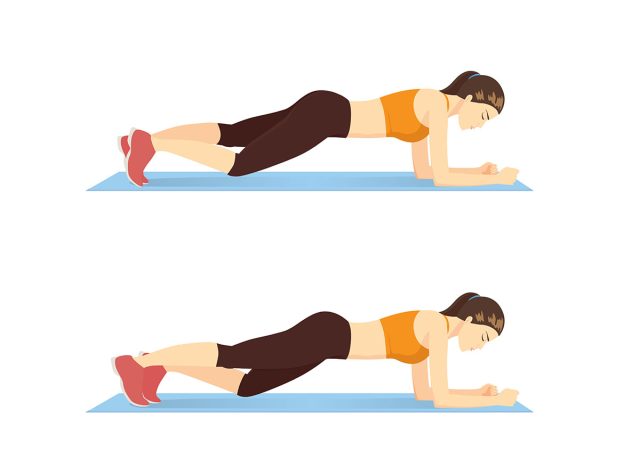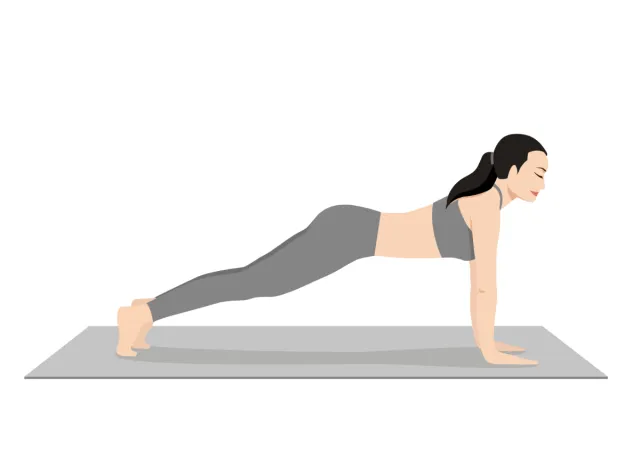If You Can Hold a Plank This Long After 45, Your Core Is Stronger Than Most

The plank is a classic isometric exercise that builds strength and endurance. It puts various elements of functional fitness to the test—not just “brute strength,” explains Pamela Paley, Club Pilates master trainer and teacher for Club Pilates Lake Pleasant, Goodyear, and Gilbert, Arizona. Below, Pamela pinpoints how long you should hold a plank to show your core strength is elite after 45.
Core strength is equivalent to true strength. “Your core connects your upper and lower body. Planks test your ability to stabilize your entire body,” Pamela tells us. “A strong core improves posture, reduces injury risk, and helps to move without pain and in alignment. If one’s core is weak, then the rest of your body becomes unstable. Your core is your foundation.”
Even though a forearm or high plank may look simple, there’s more than meets the eye. This exercise recruits your obliques, abs, shoulders, lower back, quads, and glutes.
“A weak link in any of those areas will show up as shaking, sagging, or misalignment,” Pamela points out.
Now, let’s get into how long you should be able to hold a plank for peak core strength.
How Long Should You Hold a Plank To Show Your Core Is in Top Shape

“Holding a plank for someone who is over 45 longer than two minutes is a sign of strong core endurance and stabilization along with alignment,” Pamela tells us. “But good form is more important than how long one can hold a plank as planks can reveal weakness in your body!”
While holding a plank, keep the below pointers in mind:
- If your back sags, your glutes and core are weak.
- If your shoulders get tired easily, you need to focus more on building upper-body strength.
- If you shake, your control and stability need work. (Note that shaking is okay, so long as it’s without pain and you haven’t lost alignment in the plank position.)
How To Improve Your Plank Holds
Forearm Planks:

- Begin with your forearms on a step or sturdy box—not on the ground.
- Your elbows should be bent under your shoulders and knees bent under your hips.
- Keep your back flat and your core engaged.
- Begin by holding for 15, 30, and 45 seconds.
- Extend one leg straight back off the ground and hold from there.
- Then, extend both legs behind you.
- Make sure your glutes don’t sag or lift.
- Hold from there.
- Place your forearms on the ground, and hold from there.
Straight-Arm Planks:

- Begin with your hands placed on the floor under your shoulders.
- Place your knees under your hips.
- Keep your core engaged.
- Hold for 15 seconds, then 30, then 45.
- Once you maintain stability and proper alignment of your body, extend one leg out behind you and the opposite arm forward. Hold from there.
- Once you’re able to hold each side for 45 seconds, assume a full high plank position with both legs extended behind you. Hold from there.
“Good luck with your planks, and have fun with them! They’re one of my favorite exercises because I engage everything—I love forearm planks most,” Pamela says. “If your shoulders are healthy, feel free to flex and point your feet in the forearm or the straightener plank, and your body will become a body saw coming forward and backward stabilizing everything still.”